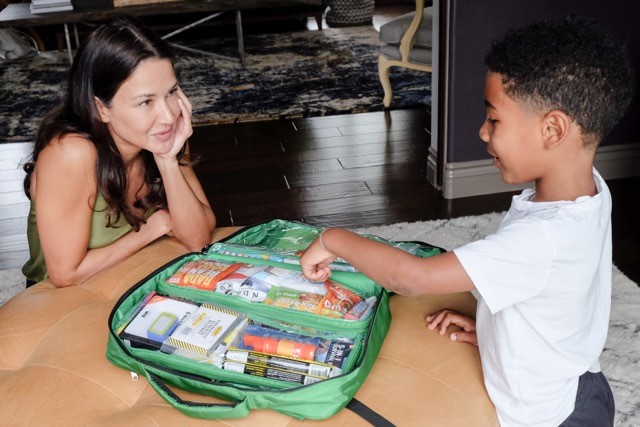Every parent wants the best for their child. Because you want them to succeed and probably never want them to feel sad, frustrated, embarrassed, or anxious, it’s all too easy to fall into the trap of trying to control every experience your child has. Not only is this impossible, however, but it’s also not going to set your child up for success in life.
An overbearing parenting style doesn’t usually yield the best results. So what can you do instead to raise confident, resilient kids? Take your cues from modern leadership theory and learn how to be a transformational parent.
The Power of Transformational Leadership
Transformational leadership is one of the most successful leadership styles in the modern workplace because it focuses on motivating and encouraging employees instead of relying on micromanagement or authoritarian tactics. This leadership style is respectful, encourages creativity and innovation, and empowers people in the workplace to grow and thrive. Successful transformational leaders are good role models and provide inspiration, support, and guidance, but ultimately trust their employees to make good decisions and to do things their own way.
Leadership skills that you can develop from an MBA aren’t just useful for your career, but also in navigating your family and personal relationships. Transformational parenting helps kids learn strong values and become their own people. Children thrive under the power of transformational leadership and learn to become more self-sufficient, confident, and feel motivated to push themselves to greater heights.
How Kids and Teens Respond to Transformational Parenting
Today, parents must protect their children from a host of threats. Vaping, the latest danger threatening adolescents, is especially troublesome. Statistics show that 18% of eighth-graders have tried e-cigarettes, which is enough to make any parent want to watch their child 24/7. Unfortunately, you can’t protect your kids from these kinds of dangers by trying to force them to do your bidding.
Instead of using an authoritarian approach and telling your kids they’re forbidden from doing something, it’s better to use a transformational approach and encourage individual decision-making while establishing rational boundaries. This involves not only modeling the correct behavior but also explaining why limits are placed and listening carefully and responding thoughtfully to your child’s feelings and opinions on the subject.
Kids whose parents approach tough subjects like vaping with communication and respect for their views and ability to make decisions often respond by making healthy decisions, rather than rebelling against authority.
Mutually Realized Growth Through Transformational Parenting
One of the most interesting and powerful aspects of transformational parenting is that it helps both children and their parents grow, evolve, and heal. Because the transformational approach requires you to assess your own feelings and reactions when making parenting decisions, you’re likely to learn a lot about yourself and feel motivated to take responsibility for your behavior. After all, one of the essentials of transformational parenting is being a good role model.
We all have wounds from earlier in our lives, which are often acquired during childhood. It’s all too easy to pass those wounds on to our own children if we don’t consciously acknowledge them and actively rewrite the narrative for the next generation. Through transformational parenting, you will grow and heal while helping to prevent secondhand trauma in your children’s lives.
Tempering Your Expectations
At its core, transformational parenting is all about letting go of your own expectations and trusting your child to build an identity that makes them happy, fulfilled, and productive. You will guide them along the way, but good transformational parenting involves knowing when to step back.
Your child is an individual. While they may look just like you, in reality, they’re their own person with their own needs and desires. Your ambitions and visions for their life have no place in transformational parenting. If they want to become a doctor, they will. But if they want to make art and live in a commune, that’s okay too.
A lot of parenting is tempering your expectations. Your kids will do best when you encourage and support them without forcing them down a particular path. The best part? By practicing transformation parenting, you’ll probably find yourself feeling happier and more relaxed because you won’t be on edge (as much) about test scores, future athletic prospects, or college applications.
Instead, you’ll get to enjoy the ride—and see what an incredible person your child becomes.















